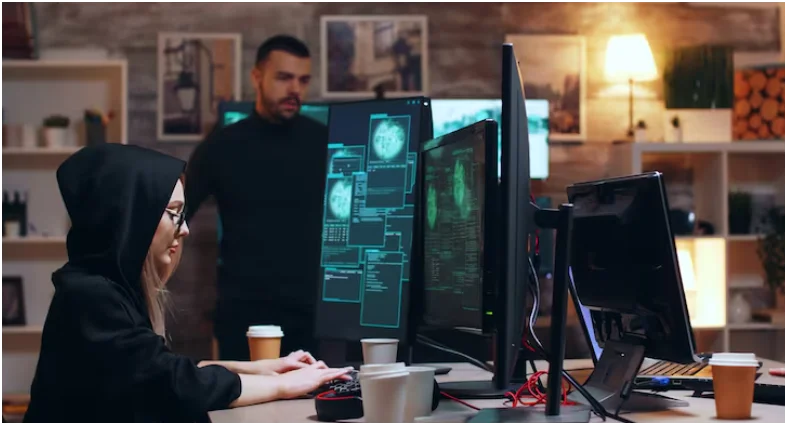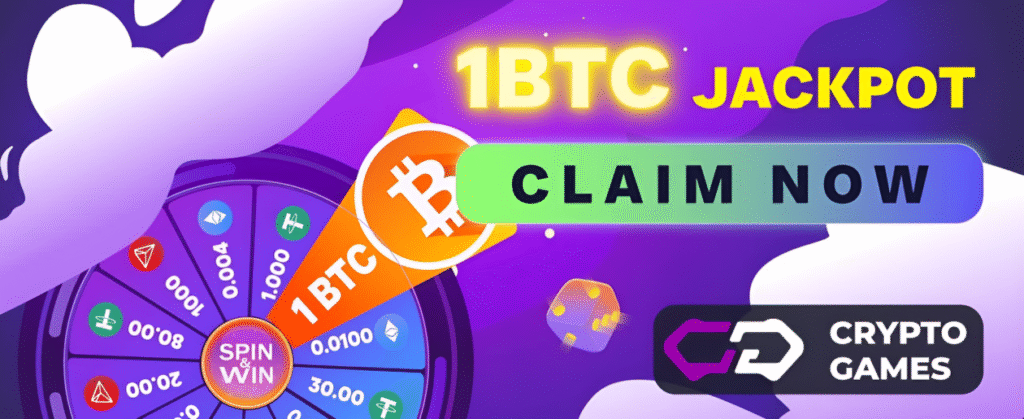Cybersecurity threats are constant and evolving. Businesses must stay ahead by understanding risks, improving systems, and training teams.
Protecting data and operations requires clear strategies, reliable technology, and ongoing attention.
Understanding Modern Cyber Threats
Cybercrime has become more advanced. Attackers target weak points across networks, employees, and outdated software. Phishing emails, ransomware, and data breaches continue to be major threats.
Small and medium-sized businesses face growing risk because they often lack dedicated security teams. According to IBM’s 2024 Cost of a Data Breach Report, the global average cost of a breach reached $4.88 million. Financial loss, downtime, and reputational damage follow such incidents.
Understanding where risks lie is the first step. Common vulnerabilities include:
- Unpatched systems or outdated software
- Weak or reused passwords
- Poor employee awareness about phishing
- Unsecured remote access points
- Misconfigured cloud environments
Companies that identify and monitor these weaknesses reduce their exposure. Security must be a continuous process, not a one-time project.
Building a Strong Cybersecurity Framework
A structured framework helps maintain control and consistency. Clear policies and monitoring processes make it easier to detect and respond to attacks. Every organization should focus on three main areas: prevention, detection, and response.
Prevention starts with access control. Limit user privileges to only what is necessary. Use multi-factor authentication and regularly update systems. Encrypt sensitive data and monitor who accesses it.
Detection depends on visibility. Organizations should implement tools that track unusual activity in real time. Security Information and Event Management (SIEM) systems collect and analyze data from across networks to identify patterns.
Response defines how a company reacts when something goes wrong. Create an incident response plan and test it regularly. This ensures staff know what to do, who to contact, and how to contain the threat quickly.
Compliance adds another layer of discipline. Following standards such as ISO 27001, NIST, or SOC 2 helps maintain accountability and shows clients that data protection is a priority.
Leveraging Managed Security Solutions
For many companies, managing cybersecurity internally is expensive and complex. Outsourcing some or all of the security operations can improve both efficiency and protection. Services such as GuidePoint managed security solutions provide 24/7 monitoring, rapid incident response, and expert analysis.
These services allow organizations to focus on business growth while maintaining strong defense systems. Managed solutions include:
- Continuous threat monitoring
- Vulnerability scanning and remediation support
- Managed detection and response (MDR)
- Threat intelligence and reporting
- Security compliance assistance
The main advantage is access to skilled professionals and advanced tools without the need for a large internal team. This model ensures faster detection and response times, which can significantly reduce the impact of breaches.
Training Employees to Strengthen Security
Technology alone is not enough. Employees often represent the weakest link in cybersecurity. Regular training helps reduce human error and builds a culture of awareness.
Training should cover practical skills. Employees need to recognize phishing attempts, handle sensitive data correctly, and report suspicious activity immediately. Use simulations to test real-world scenarios. Reinforce lessons through frequent reminders and updates.
Creating accountability helps the message stick. Tie cybersecurity awareness to performance reviews or internal recognition programs. When everyone takes ownership, security becomes part of daily work.
Adapting to Emerging Threats
Cyber threats evolve every year. Artificial intelligence, automation, and connected devices create new challenges. Attackers are using AI to generate realistic phishing messages or bypass traditional detection systems.
Organizations must adapt. Regular audits, technology updates, and external assessments ensure systems stay current. Invest in scalable security tools that adjust as your company grows.
Zero Trust architecture is gaining popularity. It assumes no one, inside or outside the network, is automatically trusted. Every user and device must verify their identity and permissions. This reduces the risk of unauthorized access.
Strong cybersecurity is not a one-time effort. It demands persistence, structure, and attention to detail.
Final Thoughts
Every organization faces digital threats. The difference lies in preparation. Understanding risks, establishing frameworks, leveraging expert support, and training employees all contribute to resilience.
Investing in security is not only a technical decision but a business one. It protects customer trust, ensures continuity, and strengthens your reputation. Start with small steps, track progress, and treat cybersecurity as an ongoing priority.







